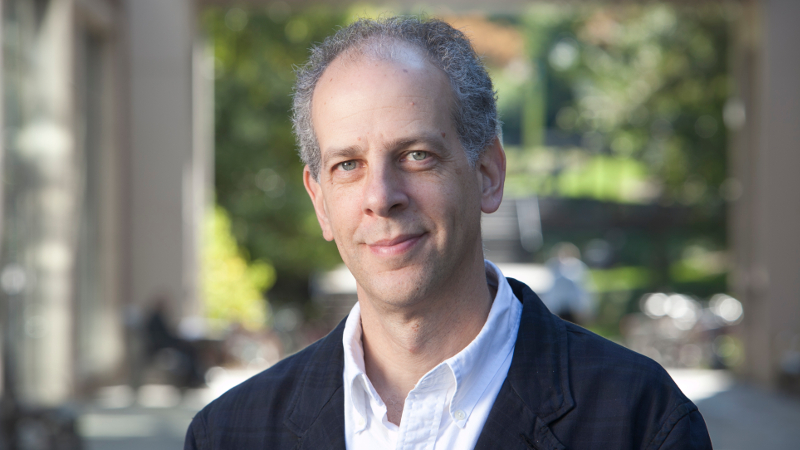Building Dictionaries for Machine Learning from Sparse Data
Guillermo Sapiro’s paper laying the foundations of modern machine learning earns a “Test of Time” award 10 years after its publication

Imagine trying to build an entire grocery store’s inventory of baking ingredients from cakes with no recipes.
This is the basic challenge that many machine learning algorithms face. They must not only break down the object they’re learning about into its constituent parts, they must build a library of said parts to draw from to make better decisions in the future. And to truly be good at their job, machine learning algorithms must build a complete library with incomplete information and be nimble enough to make updates on the fly.
This trick of the trade was first accomplished by Guillermo Sapiro, the James B. Duke Professor of Electrical and Computer Engineering at Duke University. Now, ten years after the publication of his seminal paper, “Online Dictionary Learning for Sparse Coding,” it has won the “Test of Time Award” from the 2019 International Conference on Machine Learning, one of the world’s leading conferences in the field.
Academic conferences often present a “Best Paper Award” to acknowledge academically rigorous articles the judges believe will help push the field forward in the coming years. But because nobody has a crystal ball and hindsight is 20-20, many conferences have also created a “Test of Time” award to recognize papers that have had a demonstrable impact over the years.
Sapiro’s paper’s legacy lives on because it was the first to propose a general purpose, highly effective “dictionary learning” algorithm efficient enough to train itself on truly massive data sources without getting bogged down. It led to a wide range of machine learning algorithms in fields ranging from image recognition to stock market prediction, and set the stage for the development of more complex machine learning concepts such as deep learning.
“It is nice that, in addition to being considered important by a prestigious committee, the work is recognized with what is in some sense the ‘people’s choice’ award,” said Sapiro.
“The idea is that you measure something, and you want to understand the basis of what you measured and how its constituent parts have been mixed. Doing this with limited data is a fundamental problem in machine learning with a wide range of applications, and our paper showed how to efficiently solve it.”
To understand what the paper accomplished, let’s go back to reverse-engineering a cake. You have the delicious finished product in front of you, but you want to figure out the ingredients used to create the cake and, to extrapolate further, come up with a complete inventory of all baking ingredients available at the supermarket.
Mathematically, these lists can be represented by two matrices—grids of numbers where each box represents a piece of information. But creating these matrices, especially the one representing a supermarket’s complete inventory based on a single cake, is computationally expensive.
Putting it all together for the paper “Online Dictionary Learning for Sparse Coding,” the supermarket inventory is the “dictionary,” the limited list of cake ingredients is the “sparse coding” used to build that inventory, and “online” is the ability to update the supermarket shelves as quickly as possible as you eat more cakes.
“The idea is that you measure something, and you want to understand the basis of what you measured and how its constituent parts have been mixed,” said Sapiro. “Doing this with limited data is a fundamental problem in machine learning with a wide range of applications, and our paper showed how to efficiently solve it.”
Sapiro was working on image analysis at the time, but the work has since been applied to fields including biology, music classification, economic prediction, detecting data anomalies and video compression. Even if his specific model wasn’t used, the general approach formed the basis for many algorithms that followed, including much more advanced types of machine learning.
“The key to managing such gigantic data volumes is their ‘online’ approach, working sequentially on the incoming data, and updating the ‘dictionary’ in a recursive fashion. Their insightful design, and their study of its convergence properties, explains the vast interest in their paper, and the 1745 citations it has accumulated so far,” said Miki Elad, professor of computer science at the Israel Institute of Technology. “The ‘online’ concept became the common practice in deep learning, and sparse modeling has very strong ties to many of the architectures used nowadays. In that respect, we may refer to this paper as one of the swallows who brought the (deep-learning) summer.”
“Online dictionary learning for sparse coding.” J Mairal, F Bach, J Ponce, G Sapiro. Proceeding ICML ’09 Proceedings of the 26th Annual International Conference on Machine Learning, Pages 689-696. 2009.
